Home » Vertical Axis Wind Turbine » 400W 12V24V Vertical Axis Wind Turbine
400W 12V24V Vertical Axis Wind Turbine
The 12V vertical wind turbine is constructed from premium materials, ensuring durability against tough weather and a prolonged lifespan. With its distinctive design, the 400W vertical axis wind turbine efficiently generates electricity, presenting a dependable solution for wind energy. Tailored for home use, the compact 24V vertical axis wind turbine boasts a power rating of 400W. Its vertical blades adeptly harness wind from all angles, making it ideal for regions with unpredictable wind patterns. A small 24 V vertical axis wind turbine for home use, rated power at 400W. The vertical blades of the 400W wind turbine can capture the wind from any direction, which is ideal for areas where wind direction is unpredictable.
Basic Specification: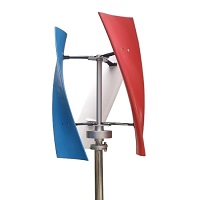
Buy a 1000W 24V/48V/96V vertical axis wind turbine now!
Dimension (Unit: mm)
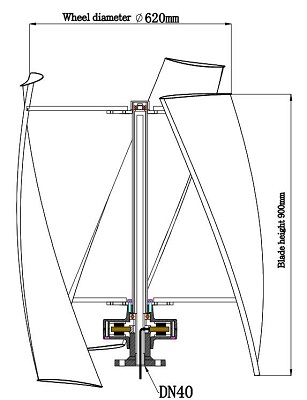
FAQ: How to install a vertical wind turbine?
Basic Specification:

Model: ATO-X5-400
Rated Power: 400WRated Voltage: 12V/24V
With Controller: Yes
Start Up Wind Speed: 2 m/s
Rated Wind Speed: 12 m/s
Survival Wind Speed: 50 m/s
Wheel Diameter/Height: 0.55m/0.75m
Buy a 1000W 24V/48V/96V vertical axis wind turbine now!
Dimension (Unit: mm)

FAQ: How to install a vertical wind turbine?
- Site Selection: Choose a location with consistent wind patterns and minimal obstructions. Urban areas or open fields with clear exposure to prevailing winds are ideal.
- Foundation Preparation: Prepare a sturdy foundation capable of supporting the turbine's weight and withstanding wind forces. This could involve digging a hole and pouring concrete, or using a pre-made concrete pad.
- Assembly: Follow the manufacturer's instructions to assemble the vertical wind turbine. This typically involves attaching the blades, rotor, and generator to the turbine mast.
- Mounting: Securely mount the turbine onto the foundation using anchor bolts or other appropriate hardware. Ensure that it is level and properly aligned to maximize wind capture.
- Wiring: Connect the turbine's electrical components according to the provided wiring diagram. This typically involves connecting the generator to a charge controller and battery bank.
- Safety Measures: Install any necessary safety equipment, such as guy wires or a safety brake, to prevent damage in high winds.
- Testing: Before activating the turbine, perform a thorough inspection to ensure all components are installed correctly. Test the turbine's operation by manually rotating the blades to verify smooth movement.
- Activation: Once everything is in order, connect the turbine to the electrical system and activate it according to the manufacturer's instructions.
- Monitoring: Regularly monitor the turbine's performance and conduct maintenance as needed to ensure optimal efficiency and longevity.
Post a Comment:
You may also like:

Featured Articles
Overvoltage Protection for Wind ...
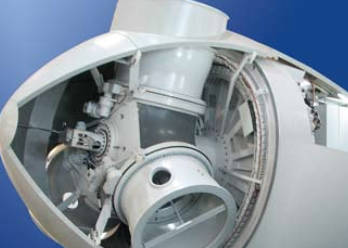 Due to their principle of operation, wind turbines have to be set up outdoors and are used in a wide range of ...
Due to their principle of operation, wind turbines have to be set up outdoors and are used in a wide range of ...
 Due to their principle of operation, wind turbines have to be set up outdoors and are used in a wide range of ...
Due to their principle of operation, wind turbines have to be set up outdoors and are used in a wide range of ...Wind Farm Siting, Installation and ...
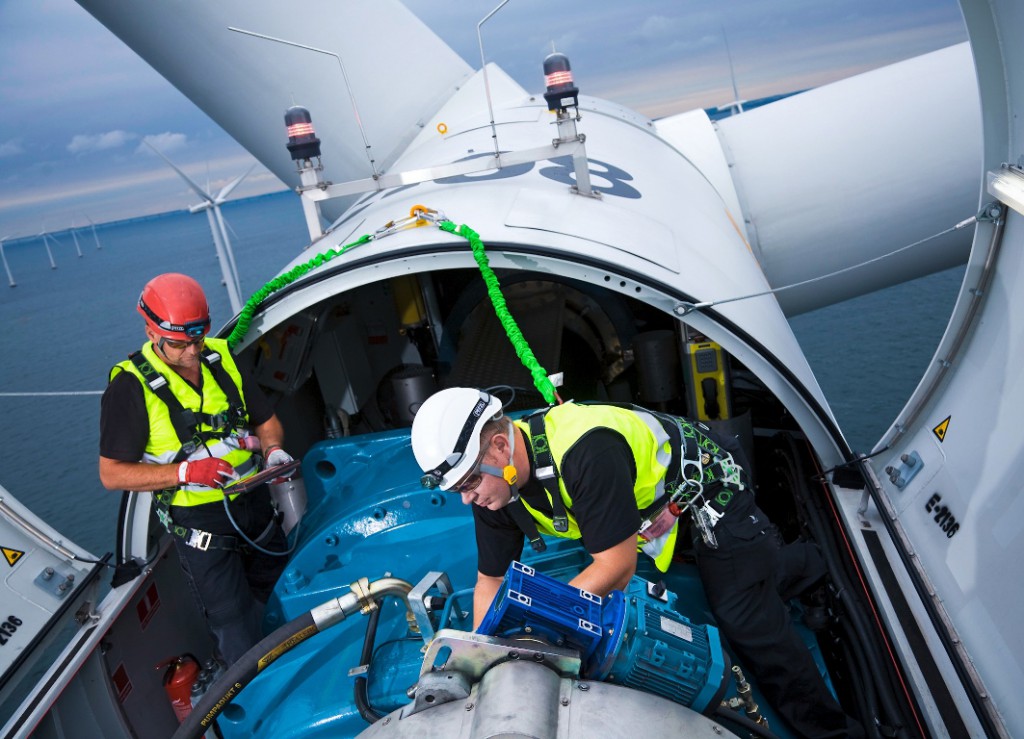 Before wind turbines can be installed, the most appropriate location or locations for them needs to be determined. The ...
Before wind turbines can be installed, the most appropriate location or locations for them needs to be determined. The ...
 Before wind turbines can be installed, the most appropriate location or locations for them needs to be determined. The ...
Before wind turbines can be installed, the most appropriate location or locations for them needs to be determined. The ...Is Wind Energy Practical for Me?
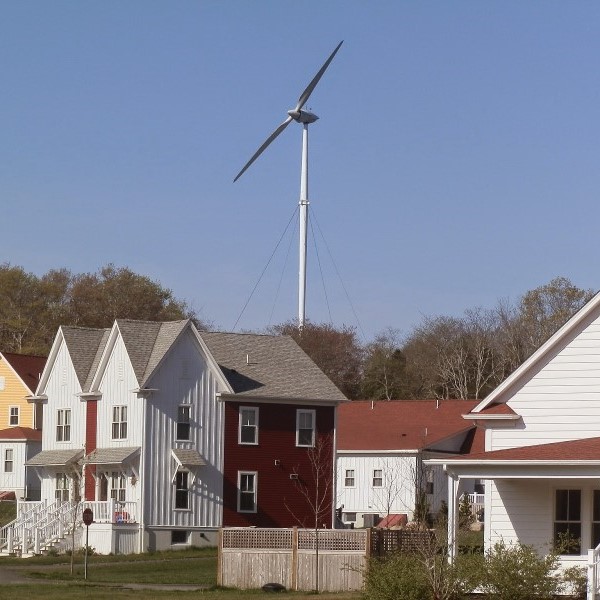 Can I use wind energy to power my home? More people across the country are asking this question as they look for a hedge ...
Can I use wind energy to power my home? More people across the country are asking this question as they look for a hedge ...
 Can I use wind energy to power my home? More people across the country are asking this question as they look for a hedge ...
Can I use wind energy to power my home? More people across the country are asking this question as they look for a hedge ...How do Wind Turbines Work?
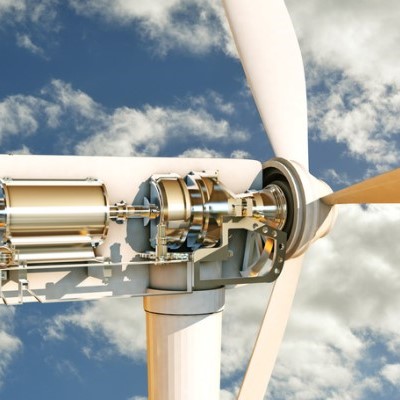 Wind turbines generate electrical power in the same way as all other generation technologies. The only difference is in the ...
Wind turbines generate electrical power in the same way as all other generation technologies. The only difference is in the ...
 Wind turbines generate electrical power in the same way as all other generation technologies. The only difference is in the ...
Wind turbines generate electrical power in the same way as all other generation technologies. The only difference is in the ...What is the Wind Energy Conversion ...
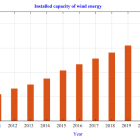 Due to technical and economic visibility, wind power has emerged as one of the most promising renewable energy sources ...
Due to technical and economic visibility, wind power has emerged as one of the most promising renewable energy sources ...
 Due to technical and economic visibility, wind power has emerged as one of the most promising renewable energy sources ...
Due to technical and economic visibility, wind power has emerged as one of the most promising renewable energy sources ...